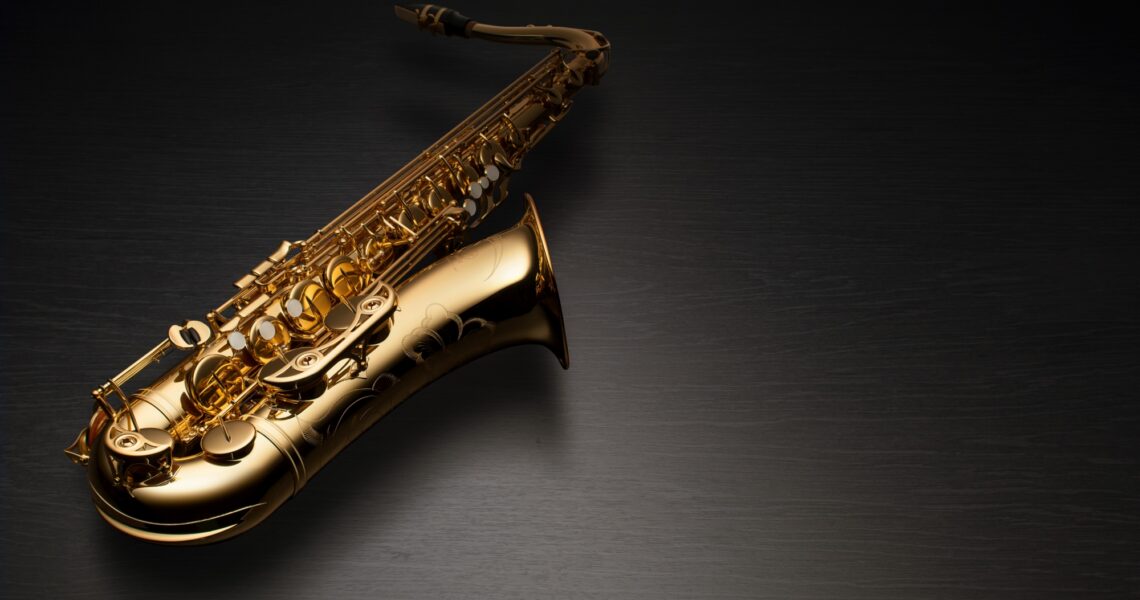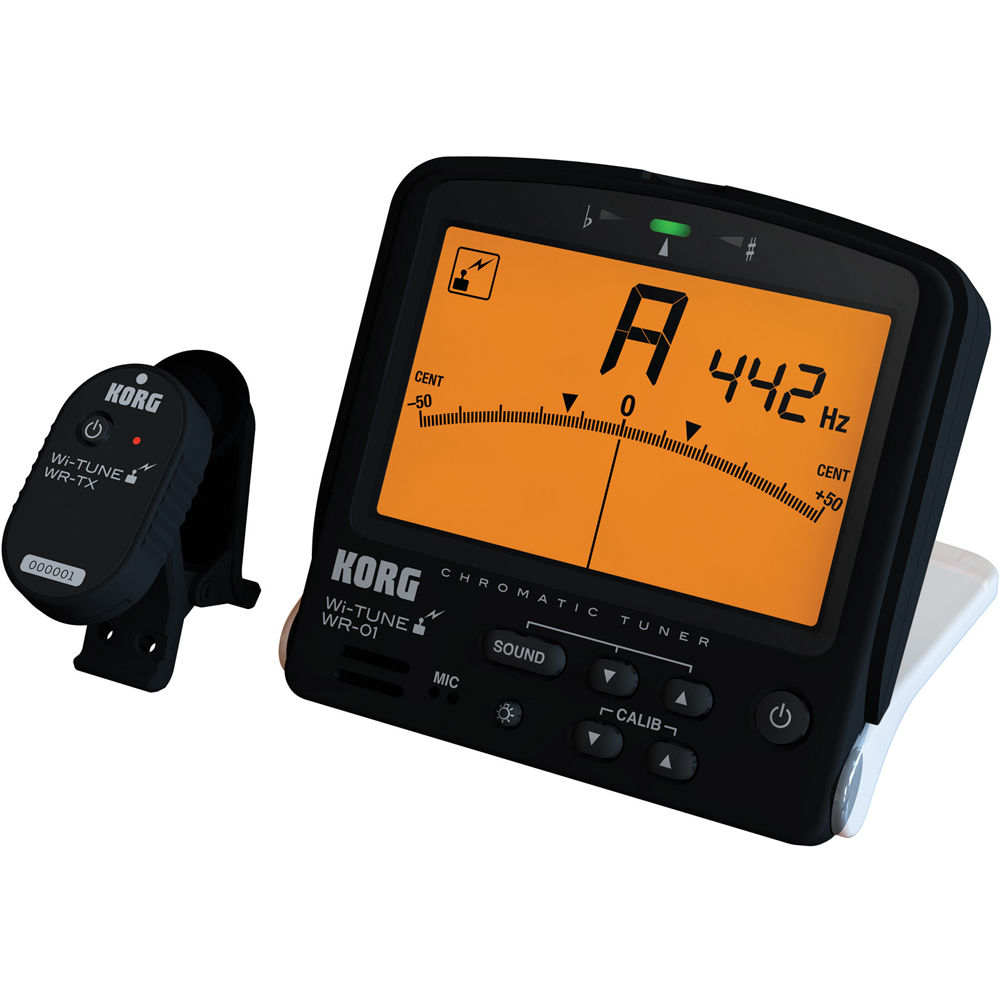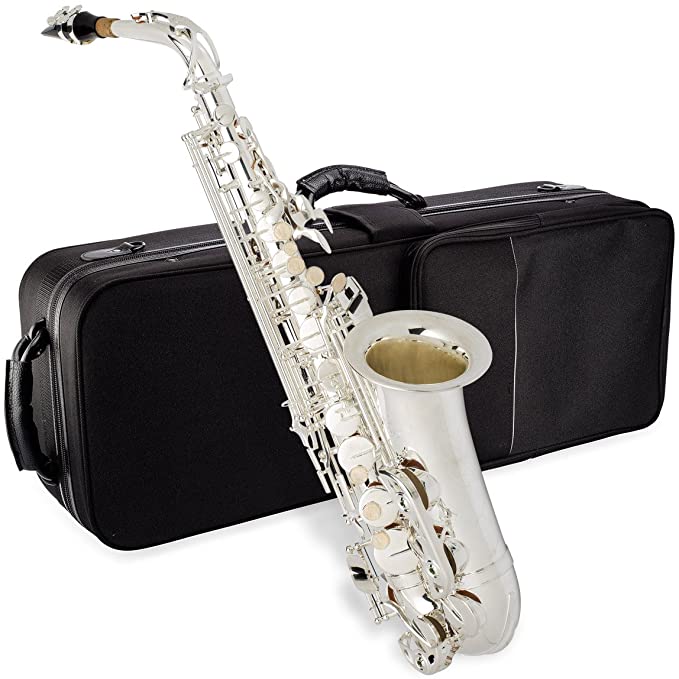20 Popular Myths About Saxophones


The music world is abundant with realistic fake stories and myths about playing instruments. In this article, we will try to shed light on some of the most popular myths about saxophones, which might seem very true but are completely far from reality.
Some manufacturers say, that saxophones of different materials play differently. But it is just a marketing move.
The lacquered coating itself performs an aesthetic function.
The only thing that influences the sound is the shape of the body: the curved sax aims it down at the floor and the straight instrument at the audience.

In general, ligatures practically have no influence on the sound.
Even with the cheapest and simplest detail, your saxophone will play perfectly.
But it is important that the ligature holds a reed on the mouthpiece well. Good sound is also the result of your skill.

It is a weird myth about a saxophone. Dr. Edward Pillinger in one of his research was using an artificial embouchure, that simulated the oral cavity, windpipe, and lips.
As a result of remote control of these, he found that different placement and pressure of the lips influenced the sound.
But the size of the oral cavity had no significant impact.
Most people think that if a metal mouthpiece is bright, then the sound should be brighter than on hard rubber.
But in fact, the material is nothing here.
Sound brightness is affected by chamber size and internal shape.
If the mouthpiece has a massive baffle inside, you get a bright sound.

It is not true. A mouthpiece is just an instrument, which helps you play good melodies.
Even with the cheapest model, you can become a professional musician.
All you need to do is listen to great saxophonists and practice every day.

This untrue is among saxophone myths that attract the attention of many musicians.
Some teachers, on the other hand, recommend using the bis key, because of its ease of use.
The alternative key bis, located between the first finger B natural key and second finger C key, is used in tandem with the natural key B.
The reality is a little different. In one case the saxophone is easier than the clarinet and in the other vice versa.
For example, the closed holes on the sax simplify play.
On the other hand, a larger distance between the keys makes performance harder than on the clarinet.
It does not matter which saxophone to choose for one or another style. It is just an instrument with a certain pitch, that allows you to express the melody that is in your head.
So, playback of jazz, classical, or other styles depends on your skill to use the mouthpiece and cane and also compositions, that play inside you.

It is one of the popular myths about sax.
It is not necessary to start training at the age of 10 in order to become a professional.
Some great musicians started playing at a later age and continue to improve their skills every day.
So, it doesn’t matter at what age you first take in your hands the saxophone.

Let me remind you that the saxophone is just an instrument with which you can play any melody.
And what kind of sound you want to get, vintage or modern, depends on your skills.
So, you can choose any saxophone you wish.

If you are a beginner, you better use softer reeds. They are more flexible and have less resistance.
So, it is very easy to play such a saxophone.
And when you develop your facial muscles a little, you can move on to harder reeds.

This is one of those sax myths that is partly true.
To get a good sound, most people work on it every day without practicing long tones.
But on the other hand, long tones themselves have a beautiful and unusual sound. So, some musicians use them during practice.
This classic myth is many years old.
It is worth noting that you and your teacher are different people.
For example, it is best for him to play on Yamaha saxophone, and you are comfortable holding in your hand the instrument from Selmer.
So, you decide for yourself which saxophone to buy.
You can practice for 10,000 hours, but not reach the desired level or play a little and become a professional.
It all depends on the correctness of the technique, efficient time allocation, and your approach.
Professionals recommend following a consistent schedule with the introduction of new material.
It is not the truth about saxophones.
A long practice session can help you, but they are not as effective as short daily training sessions.
If you practice for at least 30 minutes every day, you will make progress in a year.
In addition to pumping up your musical skills, you also distract yourself from routine.
To start improvising is not as difficult as it may seem at first glance. The basic level will suffice for this purpose.
And if you want to improvise masterfully, playing more sophisticated melodies, you should know scales and music theory.
The saxophone itself can not play in the tone. This task rests on your shoulders.
The only thing is that each instrument has its own inconsistencies in the settings.
On some saxophones, it will be harder for you to get into the tone.

It is one of the not true facts about a saxophone. Both tenor and alto saxophonists attract attention.
It is important for a musician to be in the right place and at the right time.

A good saxophone can serve you for decades if you take care of it regularly.
Perhaps, your instrument will fail faster and needs to be updated or overhauled.
But such cases occur if the pads are of poor quality, or they were not installed well originally.
Also, because of no removal of excess moisture.
Saxophones from China were really awful. This was indicated by a strange sound, problematic intonation, poor quality of the metal alloy, and not reliable assembly of parts.
But now Chinese saxophones are more qualitative than before.
And in the future, they could have a chance to gain a reputation as good musical instruments.

Hopefully, these 20 popular myths about saxophones will help you to learn more about this instrument and give some direction to avoid rookie mistakes while starting on yout saxophone journey.
| Cookie | Duration | Description |
|---|---|---|
| cookielawinfo-checkbox-analytics | 11 months | This cookie is set by GDPR Cookie Consent plugin. The cookie is used to store the user consent for the cookies in the category "Analytics". |
| cookielawinfo-checkbox-functional | 11 months | The cookie is set by GDPR cookie consent to record the user consent for the cookies in the category "Functional". |
| cookielawinfo-checkbox-necessary | 11 months | This cookie is set by GDPR Cookie Consent plugin. The cookies is used to store the user consent for the cookies in the category "Necessary". |
| cookielawinfo-checkbox-others | 11 months | This cookie is set by GDPR Cookie Consent plugin. The cookie is used to store the user consent for the cookies in the category "Other. |
| cookielawinfo-checkbox-performance | 11 months | This cookie is set by GDPR Cookie Consent plugin. The cookie is used to store the user consent for the cookies in the category "Performance". |
| viewed_cookie_policy | 11 months | The cookie is set by the GDPR Cookie Consent plugin and is used to store whether or not user has consented to the use of cookies. It does not store any personal data. |
